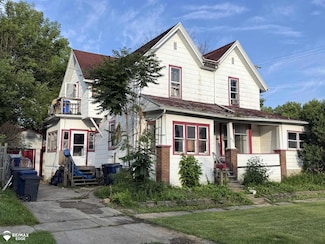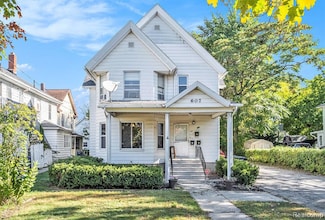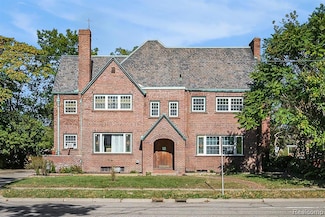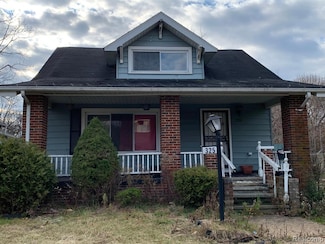$139,900
- 3 Beds
- 2 Baths
- 1,563 Sq Ft
3522 Ridgecliffe Dr, Flint, MI 48532
Great investment opportunity in Flint Township! This duplex is ready for its new owner and tenant. Perfect for house hacking—live in one unit and let the other help pay your mortgage, or rent out both for steady cash flow. The property features a 1-bedroom, 1-bathroom unit that is currently tenant-occupied, and a 2-bedroom, 1-bathroom unit that is vacant and ready for immediate occupancy.
Matika Smith Fisher Keller Williams First














